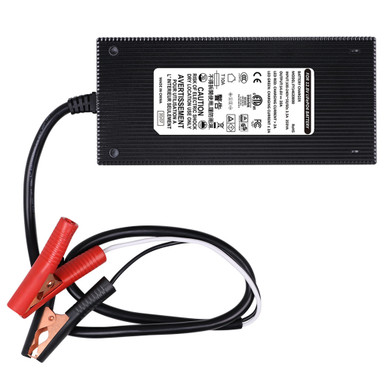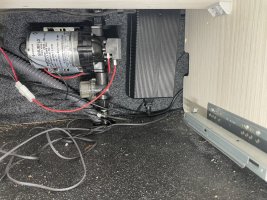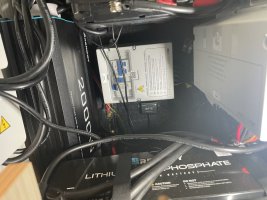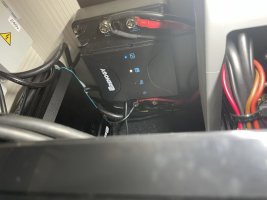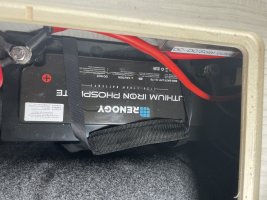Hi
I am just installing 20A Renogy lithium battery charger.
Reading the manual it says to place well away from the batteries.
I was planning to have it butting up to my batteries. Is this a bad idea? Has anyone done this? I was sure most of the seat base I stalls I have seen, have it touching the batts.
Also does anyone know if orientation of the charger makes a difference, was hopefully to install on its side.
Thoughts appreciated?
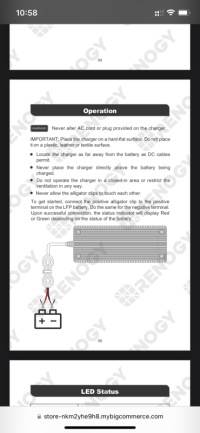
I am just installing 20A Renogy lithium battery charger.
Reading the manual it says to place well away from the batteries.
I was planning to have it butting up to my batteries. Is this a bad idea? Has anyone done this? I was sure most of the seat base I stalls I have seen, have it touching the batts.
Also does anyone know if orientation of the charger makes a difference, was hopefully to install on its side.
Thoughts appreciated?



